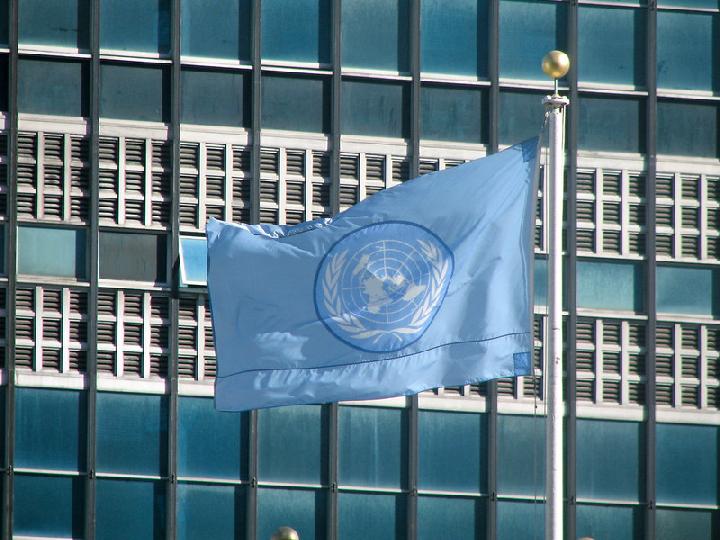TEMPO.CO, Jakarta - Deciding to continue your study abroad is one tough decision, and choosing the destination is just as challenging. While Australia and the United States are often at the top of many international students' lists, the final choice can still leave students feeling uncertain. If you're in that situation now, it might be helpful to start by comparing the cost of living in Australia vs the U.S.
Drawing insights from University Living and UniAcco, this article breaks down the key expenses international students typically face when studying in the two nations.
Average Cost of Living in Australia vs the U.S.
While both Australia and the United States are synonymous with high-quality lifestyles, the cost of living in Australia tends to be somewhat lower than in the U.S. Overall, the monthly living cost in Australia ranges between US$1,300 and US$2,000. Meanwhile, the United States may require anywhere from US$2,000 to US$3,500 per month.
However, the exact number may vary due to a combination of factors, including your own lifestyle, spending habits, and the city you’re choosing to live in.
When you decide to live in a metropolitan area in either of two countries, like Sydney or New York, you’re more likely to have higher expenses than you would in Adelaide or Atlanta.
Ideal Places to Live in Australia vs the U.S.
Where you live can greatly impact your cost of living, as each city offers its own unique advantages and challenges. However, some locations come highly recommended by University Living and UniAcco. This student-friendly cities is ordered based on how affordable they are:
Australia: Sydney, Melbourne, Brisbane, Adelaide, Perth.
United States: New York City, Boston, Austin, Atlanta.
Accomodation Cost in Australia vs the U.S.
For international students, accommodation is often one of the biggest expenses. With so many options in terms of location, amenities, and housing types, it's important to choose one that balances comfort and affordability.
On-Campus Accommodation
On-campus dormitories and apartments are generally more budget-friendly compared to other options. In Australia, the average monthly cost for this type of housing is around US$512, while in the United States, it averages US$525 per month.
The main advantages of on-campus accommodation include a safe and convenient living environment under the university’s management, as well as more opportunities to socialize and engage with the campus community.
Off-Campus Accommodation
If on-campus options are not available or don’t meet your preferences, off-campus housing is a common alternative. These accommodations tend to offer more space and flexibility. However, they often come with higher costs and require more effort to find the right place and negotiate the best deal.
In Australia, the average monthly cost for off-campus housing is approximately US$1,122, while in the United States, it averages US$871.
Tuition Fees in Australia vs the U.S.
When discussing the cost of living in Australia vs the U.S. for international students, tuition fees are a critical factor to consider. Both countries are best known for their world-class education, vibrant environment, and high standard of living. However, public universities in Australia are generally more affordable than those in the U.S.
Tuition Fees for Studying in Australia
- Undergraduate Bachelor’s Degree: US$13,675 – US$30,769 per year
- Postgraduate Master’s Degree: US$15,045 – US$34,192 per year
That said, the relatively higher tuition fees at U.S. public universities can often be offset by scholarships, assistantships, or on-campus job opportunities, which help make education more financially accessible for international students.
Tuition Fees for Studying in United States
- Undergraduate Bachelor’s Degree: US$26,821 per year
- Postgraduate Master’s Degree: US$30,000 – US$40,000 per year
However, tuition fees can vary significantly depending on the university and the program of study. For reference, international students have the option to study at top universities in Australia like the University of Melbourne in Australia, or the best universities in the United States such as UCL.
Cost of Food in Australia vs the U.S.
Though it may seem like a smaller expense, food is still an essential part of a student’s monthly budget. Fortunately, both countries offer a wide range of options for students to suit different dietary needs and budgets.
In Australia, students typically spend an average of $499.5 per month on groceries and dining out, depending on personal preferences and whether they cook meals at home. Supermarkets like Coles and Woolworths offer student-friendly prices and weekly deals.
In the United States, the average food cost stands at a slightly higher amount, US$527 per month. This includes groceries from stores like Walmart or Trader Joe’s and the occasional meal out.
Transportation Cost in Australia vs the U.S.
In major cities across both Australia and the United States, students can rely on well-developed public transportation systems. Both countries offer a variety of options, including trains, trams, subways, and buses. However, in smaller or more rural areas, public transportation may be limited, making personal vehicles more essential for day-to-day commuting.
On average, transportation costs differ slightly between the two countries. In Australia, students typically spend around US$96 per month, while in the U.S., the average is approximately US$70—a difference of about US$26.
Healthcare Facilities in Australia vs the U.S.
Healthcare is a critical consideration, especially for international students. Having the right insurance plan is often mandatory for obtaining a student visa.
In Australia, international students are required to purchase Overseas Student Health Cover (OSHC), which typically costs between AUD 500–800 per year. As one of the countries with the best healthcare systems, Australia has nearly 1,300 hospitals providing both public and private care, often at free or low-cost rates for those with appropriate coverage.
In the United States, healthcare costs are considerably higher. International students often opt for private insurance or university-approved insurance plans, which tend to be more expensive, depending on the coverage and provider.
Editor’s Choice: 10 Low Cost Universities in the UK for International Students
Click here to get the latest news updates from Tempo on Google News















































